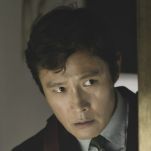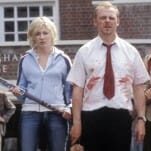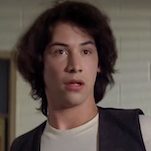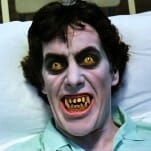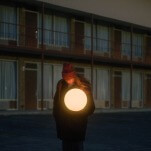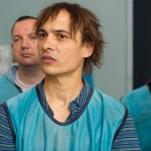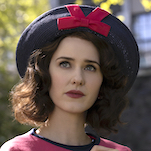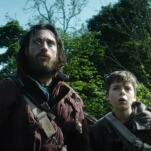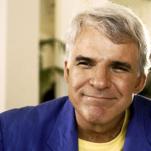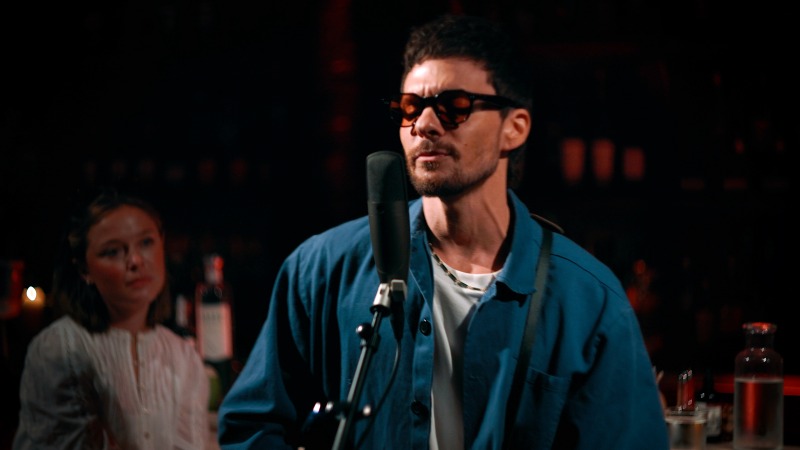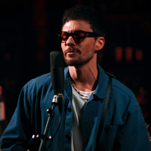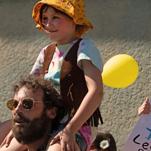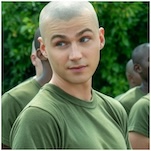Can NBC’s Taken Recapture What Made the Film Franchise So Successful?
Photo: Jan Thijs/NBC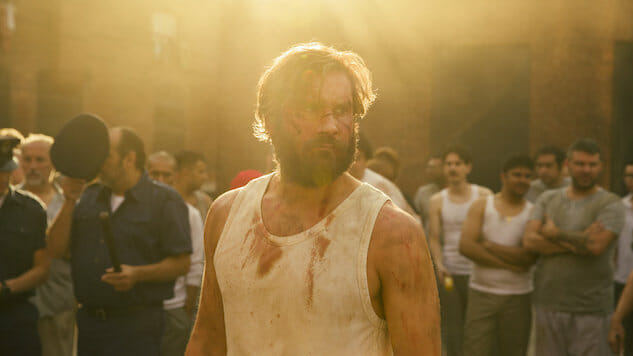
Bryan Mills, you may have heard, is a man with “a very particular set of skills.” But the character, inaugurated by Liam Neeson in the wildly popular film franchise—the Taken trilogy has earned nearly $1 billion in worldwide box office receipts—hasn’t made the same splash on television: The first season of NBC’s version, which follows the younger Mills (played here by Clive Standen) after the death of his sister, failed to win over critics or register with audiences. (The Season One finale, for instance, attracted a disappointing 4.4 million total viewers.) Whether a function of the serialized narrative, the sprawling ensemble, or film-to-TV adaptation fatigue, the Mills whose grizzled effectiveness made Taken a silver-screen success hasn’t yet translated to the broadcast drama.
Enter Greg Plageman.
The Person of Interest and Cold Case veteran, now Taken’s executive producer and showrunner, understands the DNA of the network procedural, and as the series enters its second season, he’s remade it in that image: In an effort to hew closer to the film franchise, Plageman has re-invented Taken as a case-of-the-week action thriller, in which Mills develops the “resourcefulness” at the center of the movies—Plageman compares the character to Jason Bourne and James Bond—in the service of highly topical, globe-trotting missions. (Season Two includes episodes about sex trafficking and prisoners in North Korea, among other ripped-from-the-headlines subjects.)
“I know someone’s gonna get taken. If someone doesn’t get taken, a life is gonna get taken, or something extremely valuable is gonna get taken,” Plageman says, sitting in the center of Season Two’s main set, a mock-up of the abandoned turn-of-the-century bank that Mills and his handler, private security expert Christina Hart (Jennifer Beals), have repurposed as their home base. “There are so many crazy things that are happening in the news—this isn’t going to Law & Order, but it should operate on a level of, ‘Is this happening right now? Is that possible?’ And the answer to that question should be ‘yes.’ Because if it’s not, it seems too far-fetched to me.”
As part of the series’ reboot, the Season Two premiere, in which Hart brings together a new team to help Mills escape a black site Mexican prison, functions much like a pilot, according to new cast member Adam Goldberg, who plays a gray hat hacker named Kilroy.
“The first episode of this season felt like it had a pilot/premise type structure to it, so I didn’t really feel like I was getting on some fast-moving train that I had to figure out where I fit into it,” Goldberg says, when I ask him about the challenges of joining a series midstream. “Because the whole internal structure of not just the show, but of the characters in the show, what their roles are now, is different. It’s all kind of laid out there.”
Along with a former Army logistician named Santana (played by Jessica Camacho), Mills, Hart and Kilroy form the streamlined core of the new Taken, which Plageman describes as an effort to replace “redundant” characters with those whose skills are “complimentary” to Mills’ own, and thus to create space for the audience to become invested in each episode’s guest stars.
“Let’s see that guy who, when thrust into a certain situation, can take the mantle of someone else’s situation on and make the situation right for them,” Plageman says, citing Six Feet Under and House as inspirations. “And we have to establish that each week in the show. Who is the person that I care about? Who is the person that he’s trying to make this right for?”
As Taken moves deeper into its second season, the result is a combination of episodic and serialized elements that allows for the storytelling to feel high stakes without leaning on bombast. In the second episode, “Quarry,” for instance, Mills must help the key witness in a murder investigation survive the elements when their plane crashes in the wilderness; later episodes feature flashbacks focused on the main characters.
“I don’t think it’s possible to make a show where you threaten national security every week,” Plageman says. “It’s ridiculous… Only so many suitcase nukes before people just yawn.”
For Standen, these are the most appealing narratives, even if the focus on Mills’ missions means that he spends most of the week filming on his own with the crew, often on location in the sometimes inhospitable Canadian climate. (Taken is filmed in the Toronto area.)
-

-

-

-

-

-

-

-

-

-

-

-

-

-

-

-

-

-

-

-

-

-

-

-

-

-

-

-

-

-

-

-

-

-

-

-

-

-

-

-


